How The Brilliance Of George Lucas Doomed Star Wars
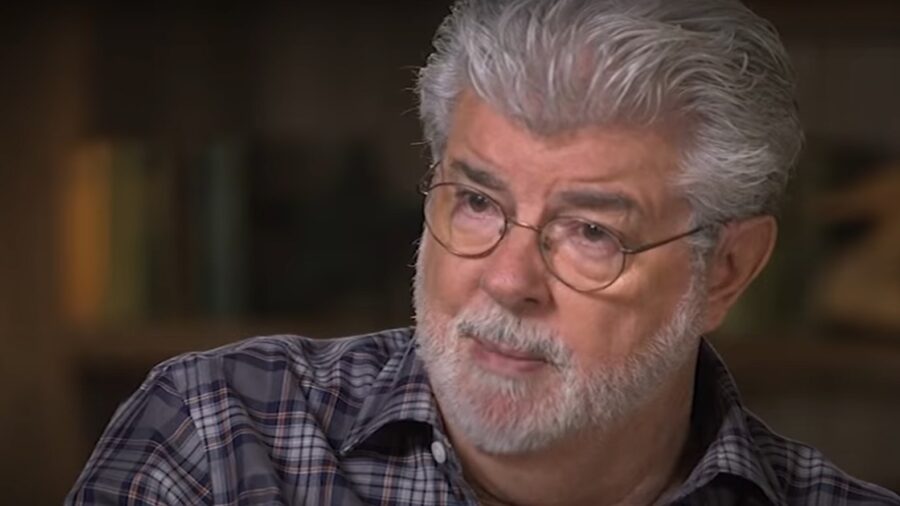
While Disney has been trying to keep the franchise on life support with mediocre shows like The Acolyte and The Book of Boba Fett, many fans are convinced that Star Wars is already dead and are trying to conduct an autopsy. The overriding question, of course, is what actually killed the franchise, and I have a theory: George Lucas accidentally doomed Star Wars with his earlier brilliance. You see, the director was inspired by books like The Hero with a Thousand Faces to make his heroes symbolic archetypes, but the sheer popularity of Star Wars eventually turned these iconic characters into empty symbols unto themselves.
Joseph Campbell And The Monomyth
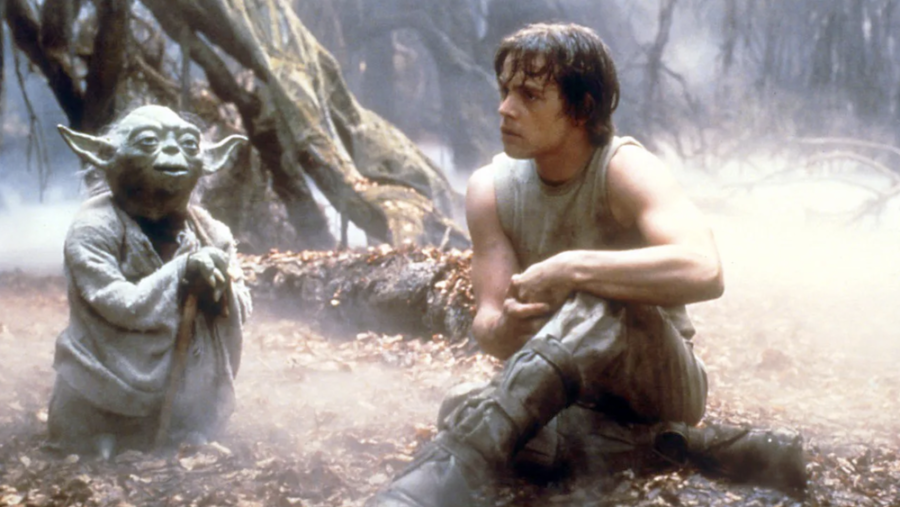
For this theory about George Lucas accidentally killing Star Wars to make sense, we must first touch on the significance of Joseph Campbell’s The Hero with a Thousand Faces.
In this seminal text, Campbell explores the idea of the “monomyth,” a theory that claims that most of the famous heroes in literary history (including Greek epic heroes like Odysseus and Theseus) undergo the same kind of trials and character development. Accordingly, he dubbed this shared narrative “the hero’s journey.”
Now, what does this 1949 book have to do with either George Lucas or Star Wars? Everything, really: the director had already been working on a draft of the script for his first sci-fi blockbuster, but reading Campbell’s book inspired him to deliberately add more mythic elements and generally create a hero’s journey for Luke Skywalker.
The influence of Campbell is so great that Lucas would later dub the man “my Yoda,” which is basically the highest possible praise.
Echoes Of Ancient Heroes
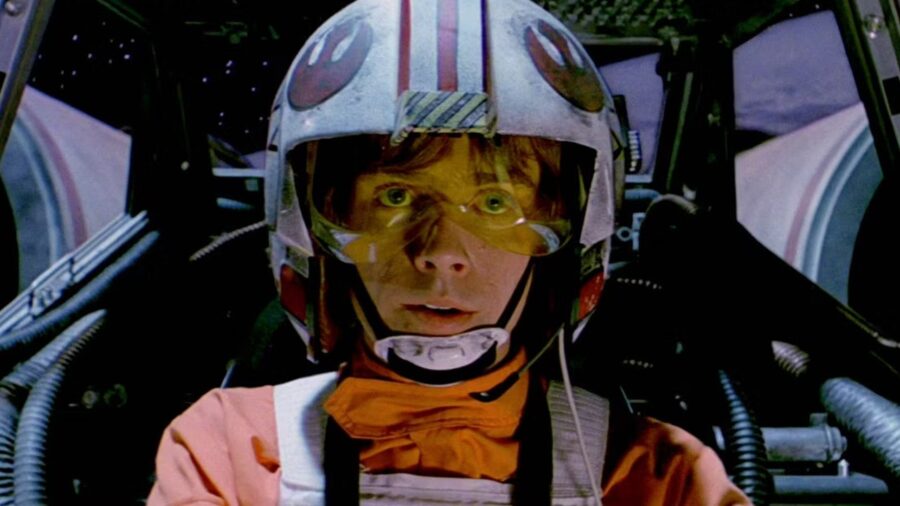
Very few people knew it at the time, but George Lucas turning Star Wars into a monomyth is a large part of what made the first film’s story so appealing to the masses.
Audiences may not have originally known what lightsabers and Jedi were, but everybody was familiar on some level with the King Arthur story. Using Campbell’s structure, the fictional world of Lucas followed that medieval myth, giving a sci-fi sheen to an otherwise familiar tale about a boy of destiny getting a magical sword from a wizard and then rescuing a princess from a castle.
By deliberately utilizing Campbell’s ideas in this way, George Lucas turned Star Wars into one of the greatest franchises in the world. Why, then, am I claiming that this approach ultimately doomed that franchise?
When A New Hope came out, the characters and stories resonated because they were echoes of something greater—symbols of legends long past that created modern mythology for modern audiences.
Things Got Too Big
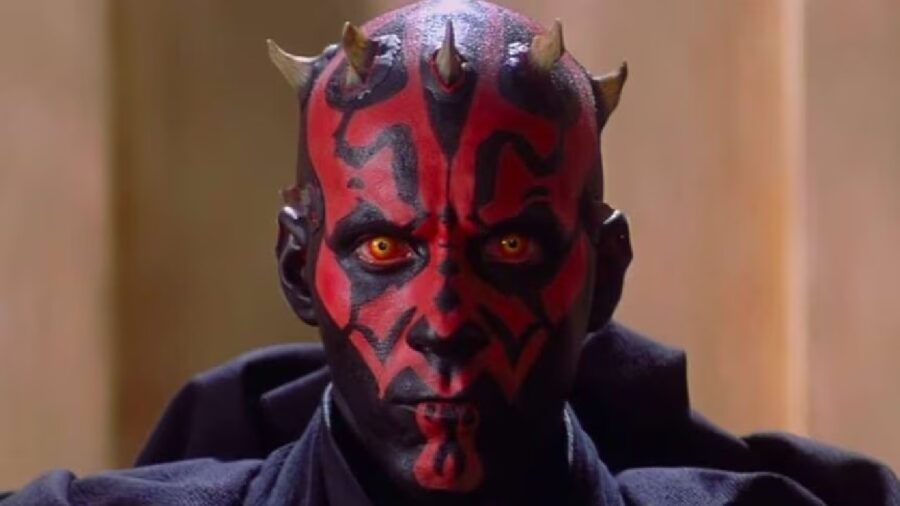
However, once George Lucas started becoming insanely rich from the sales of Star Wars merchandise, things began to go downhill. We got cutesy (not demure or mild, though) new characters like the Ewoks, seemingly designed to just sell toys.
By the time the prequels came out, billionaire Lucas had effectively swallowed his own Kool-Aid, and he gave us characters who were symbolic of nothing but their own fictional franchise.
Perhaps nobody has illustrated this problem with the prequels of George Lucas more than Red Letter Media, the YouTubers who regularly skewer Star Wars and got their start deconstructing The Phantom Menace. In that first video, Mike Stoklassa famously asked various people to describe different Star Wars characters without describing their appearance or profession.
Regarding Original Trilogy characters like Han Solo, this was relatively easy: he was described as “arrogant,” “charming,” “rogueish,” “Bad Boy,” etc.
No More Symbolism
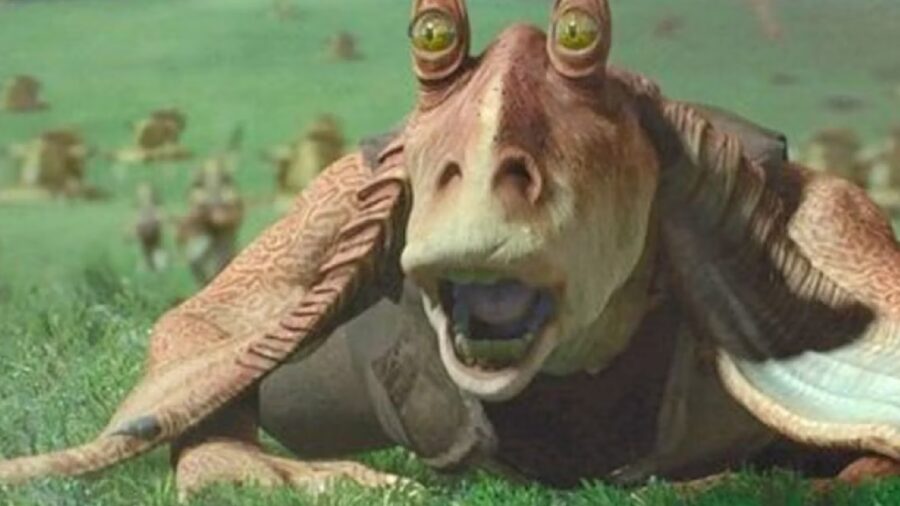
However, these same people faltered when trying to describe the prequel characters. Qui-Gon Jinn, for example, was simply described as “stoic” and “stern.”
As for Queen Amidala, she was described as “monotone,” and most of the participants immediately noticed that there wasn’t much they could say to describe her without mentioning the actor, her makeup, or her royal status.
Thanks to this test, it’s easy to see where George Lucas went wrong with the Star Wars prequels: characters no longer symbolized anything deeper than their role in the franchise, like “Jedi” or “Queen.”
In many cases, the only thing notable about a character is how they look, including the admittedly awesome designs for Amidala and Darth Maul. The monomyth was no more, and Star Wars was basically just cannibalizing its own ideas at this point.
Disney
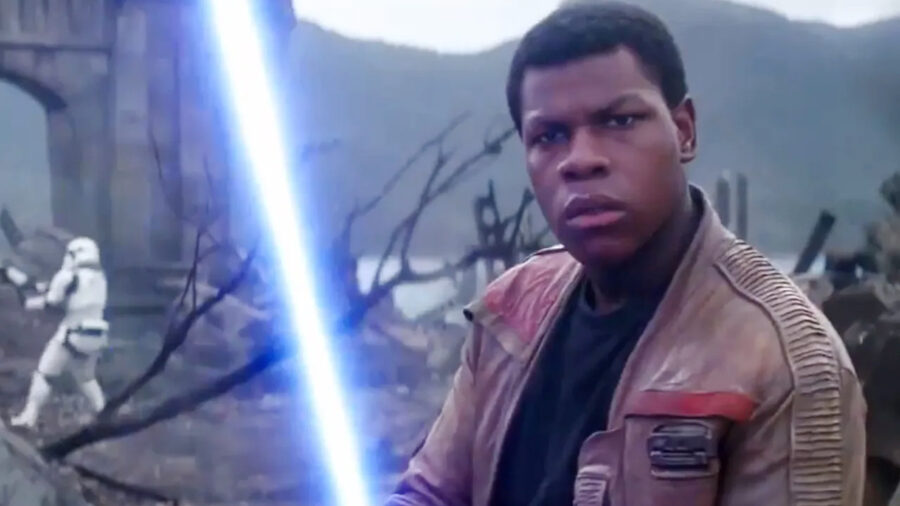
To make things worse, pretty much all of the problems introduced in the prequels by George Lucas were magnified when Disney purchased Star Wars.
Having basically zero faith in their own new characters, Disney began shamelessly bringing things in from the Original Trilogy in order to activate our collective Member Berries and make us think we like the taste of what is being shoved down our throats. How do you think we got crap like “somehow, Palpatine returned?”
This is, of course, why the Sequel Trilogy has so many things that never really pay off, like the introduction of Luke Skywalker’s lightsaber. We are told there is an interesting story regarding how this got from the depths of Bespin into Maz Kanata’s collection, but we never got to hear that story.
For Disney, the story was never the point—we were simply meant to see the symbol of Star Wars and clap like trained seals because of our fond memories of the earlier films.
Abandoning The Monomyth
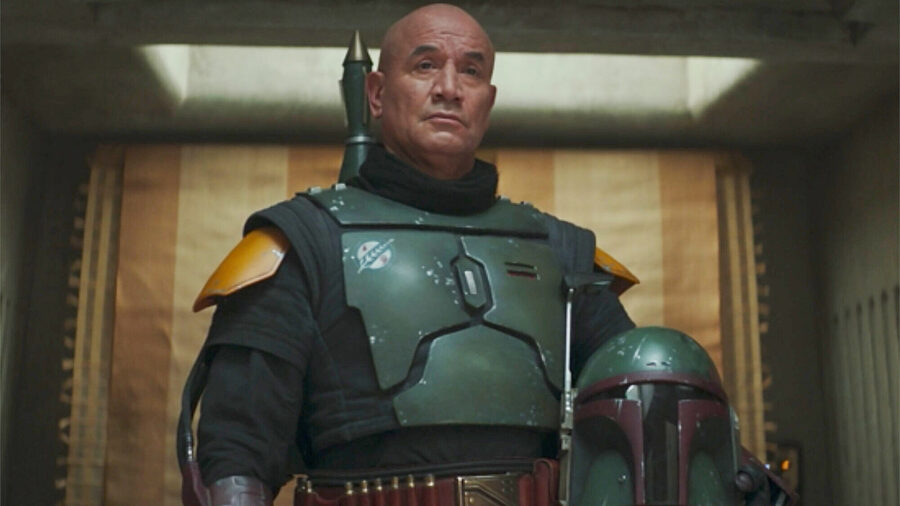
That’s it in a nutshell, kids: George Lucas transformed Hollywood by embracing Joseph Campbell and the monomyth, but his later movies effectively abandoned this mythic approach and created hollow symbols of his own mythology.
Disney, incredibly, made the problem worse by abandoning even the idea of a cohesive narrative, splattering nostalgic ephemera all over the screen and hoping we’d get a subsequent contact high from old memories.
And unless somebody is capable of telling original stories with meaningful characters and memorable adventures in this universe ever again, it may be time for this hero’s journey in a galaxy far, far away to finally come to an end.












